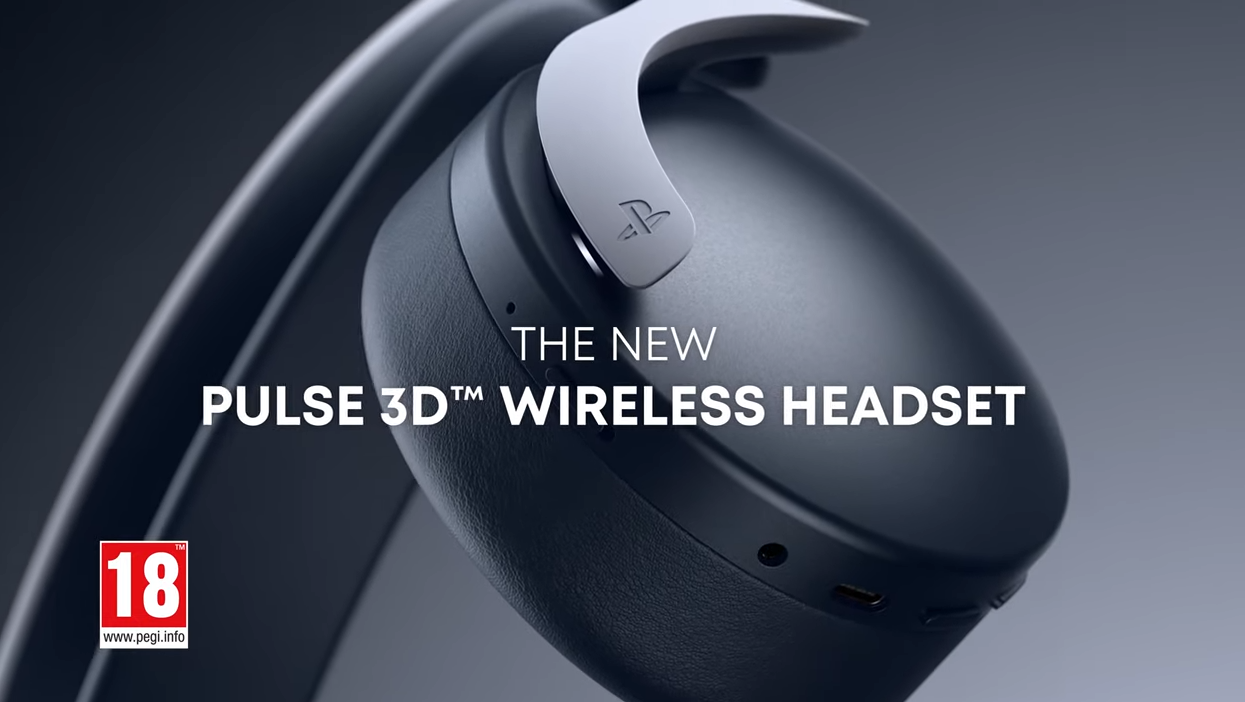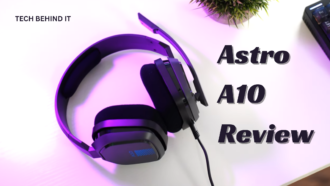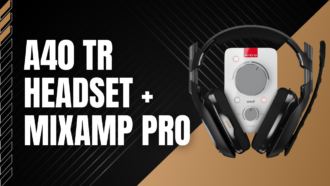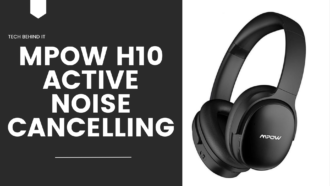PS5 Pulse 3D Wireless Headset Review
- 1 PS5 Pulse 3D Wireless Headset Specifications
- 1.1 PROS
- 1.2 CONS
- 1.3 Design
- 1.4 Connectivity
- 1.5 Performance
- 1.6 Battery
- 1.7 Price
- 2 Conclusion
The Pulse 3D Wireless Headset is the latest in prosperous gaming headsets. PlayStation headsets continue to be released alongside new PlayStation consoles. The Pulse 3D Wireless Headset has compelling arguments to be the standard PS5 headset. It tastes Sony’s Tempest 3D AudioTech, excellent stereo sound, a simple setup, and a high-quality microphone. Although the plastic construction and short battery life of only 12 hours put some people off, this is a worthwhile purchase. It’s undoubtedly the most excellent PS5 headset on the market right now.
Extras like mic monitoring and separate volume control for chat and audio games set this headset apart from your average wired headphones. The mic quality is decent enough for casual and competitive play.
PS5 Pulse 3D Wireless Headset Specifications
| Model Name | Pulse 3D Wireless |
| Headphone Type | On the Ear |
| Connection Type | USB, Stereo 3.5mm |
| Sweat-Resistant | NO |
| True Wireless | NO |
| Active Noise Cancellation | NO |
| Wireless | YES |
PROS
- Stylish
- Lightweight
- Quality audio
CONS
- Badly insulated
- A faulty microphone
Design
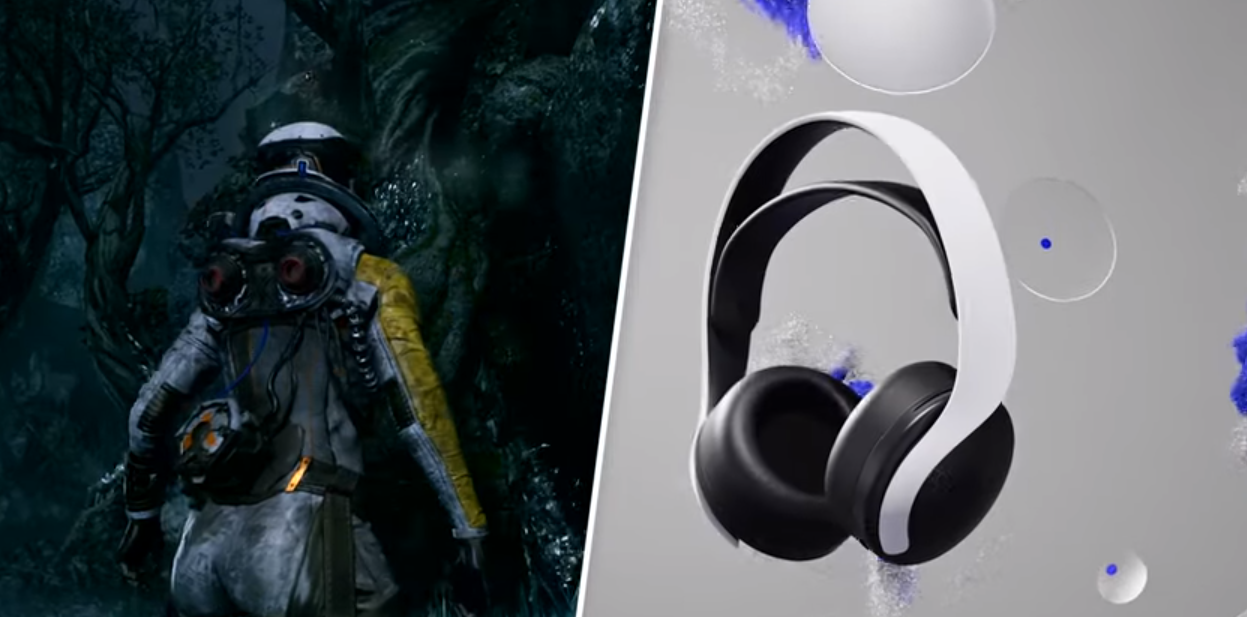
The Pulse 3D is a rock-solid PS5 headset, and we’d recommend picking it up when you eventually get your hands on the console, despite its drawbacks (its 12-hour battery runs out fast, its build quality isn’t the best, and the 3D effect does need some tinkering to get right). The power button is particularly awkward because it is inconveniently far from the rest of the buttons. It’s not a deal-breaker but an inconvenience that will crop up repeatedly.
Unless your phone has a headphone jack, you’ll be stuck using the headset in your living room because Bluetooth isn’t supported. These issues are easily overlooked as the Pulse 3D is only $100. Worst still, though, is to come. The earpads have the same thin, hard quality as a Walmart “memory foam” pillow that has lost all its elasticity. They do not fit comfortably around my ears; instead, they press on my head like plastic cups with minimal padding.
Connectivity

According to its name, the Sony PULSE 3D Wireless Headset uses a 2.4GHz wireless USB dongle to connect wirelessly to your chosen gaming console. You can still use the headset when the battery dies, thanks to the included 3.5mm connection. This connection allows for even broader use with any device with a standard 3.5 mm socket for headphones, such as mobile phones and game consoles like the Nintendo Switch and Xbox Series X (through the controller).
Performance
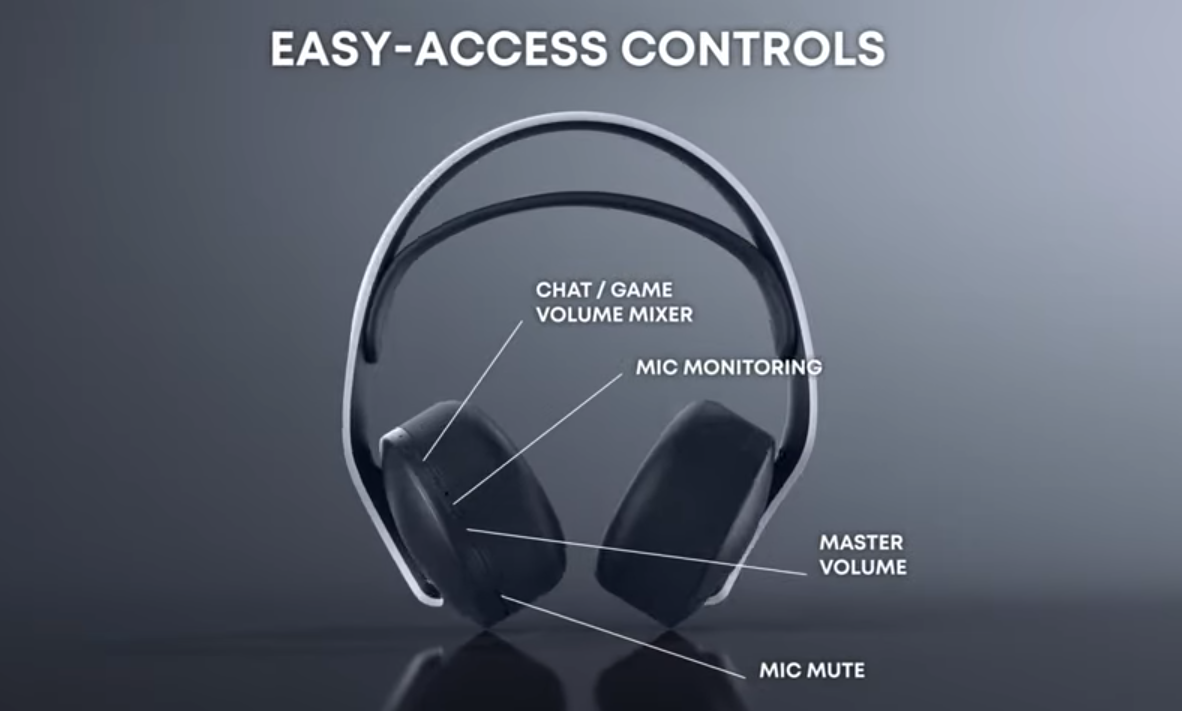
Connect the provided dongle to one of the PS5’s USB ports, turn on the headset, and you’re ready to go. The TV’s speakers will be bypassed in favour of the headset, which the console will automatically connect to. The dongle is also USB-port compatible so that you can use it with a computer. However, you won’t be able to enjoy surround sound. After everything is synced up, the Pulse 3D Wireless has surprisingly high-quality stereo and fake surround sound.
There was a slight loss of depth and clarity when listening to songs on Spotify, and the headphones didn’t improve the experience much when playing games like Fall Guys or Genshin Impact. However, the stereo and simulated surround sound were still passable, if not stunning. The compatibility with Sony’s new Tempest 3D AudioTech, which is being implemented in all of Sony’s first-party games, is the main reason to purchase the Pulse 3D Wireless. While in Sackboy: A Big Adventure, all sound effects were directional, in Spider-Man: Miles Morales, using the Pulse 3D meant hearing more realistic city sounds.
Battery
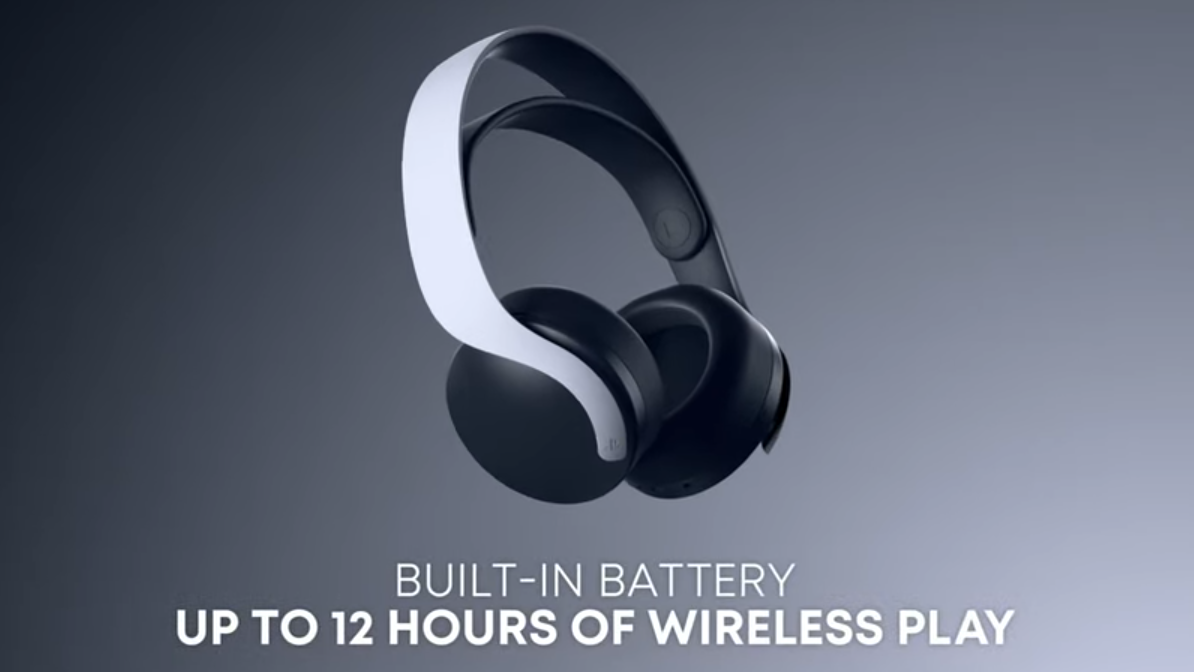
Sony claims that the PULSE 3D Wireless Headset can play for up to 12 hours on a single charge, and our tests confirmed that it could play for somewhat longer than that, albeit not by much. This headset has a 13-hour and 24-minute run time when continuously playing audio at a volume of 75 decibels. It is the poor battery life for a gaming headset, considering that many others in its price range may last up to 30 hours of gameplay. Even if your battery dies, you can always utilize the 3.5mm jack.
Price
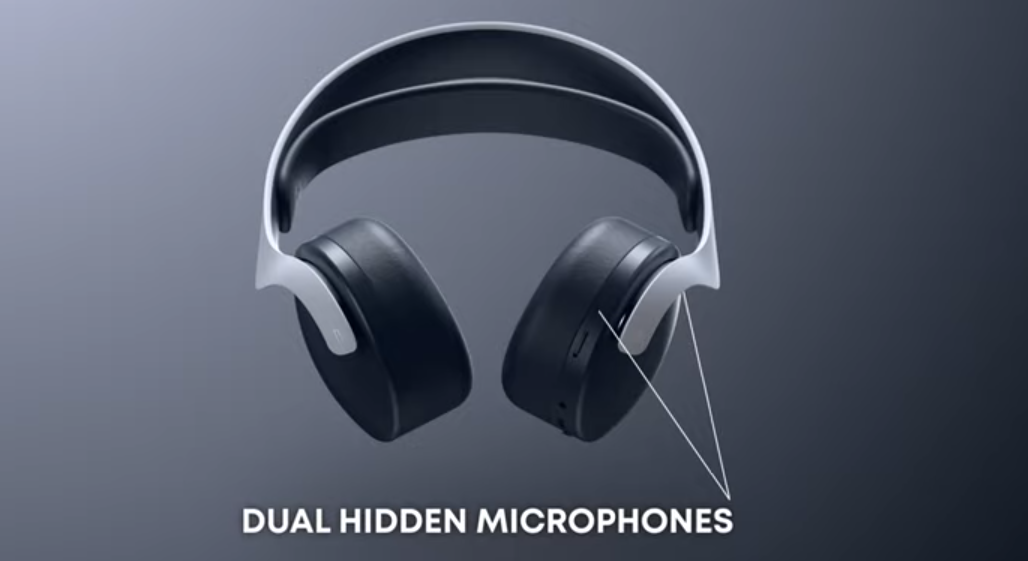
On October 30, 2020, Sony released the white PlayStation Pulse 3D Wireless Headset. The Midnight Black edition debuted in October 2021, two weeks before the official November 12 release date for the PlayStation 5. These replace the 2017-released Sony Platinum Wireless Headset for the PS4, and they work with both the PS5 and the PS4.
The Sony Pulse 3D Headset costs $99, which may seem steep compared to the pricing of other third-party headsets, but it is relatively affordable considering everything it offers.
The PS5-compatible Turtle Beach Recon 200 costs only $49.99 / £29.99 / AU$ 77.99, but its sound performance and feature set suffer.
The PlayStation Pulse appears to be the best value among PS5 headsets.
Conclusion
New gaming headsets from Sony have been available for purchase as of late. The INZONE H9, H7, and H3 have a more traditional design for a gaming headset, albeit they all share a black-and-white colour scheme inspired by the PlayStation 5. These headsets vary in quality, but they all have one thing in common: they’re superior to the Pulse 3D Headset. These alternatives to Pulse 3D’s built-in microphone are more wearable and produce higher-quality audio thanks to their integrated boom microphones.
The INZONE H7 and INZONE H9 are also wireless like the Pulse, but they have far better battery life and come with equalization and firmware update software, as well as ANC and Bluetooth on the H9. While it’s disappointing that the H3 is a wired headset that uses 3.5mm and costs the same as the Pulse, having a 3.5mm connection ensures that the headset is compatible with every platform, from Xbox to Nintendo Switch.

